
<b>By Paula Vasan</b>
See this slideshow in article format with additional responses here.
Image: Fickr, Off2OnMedia.com
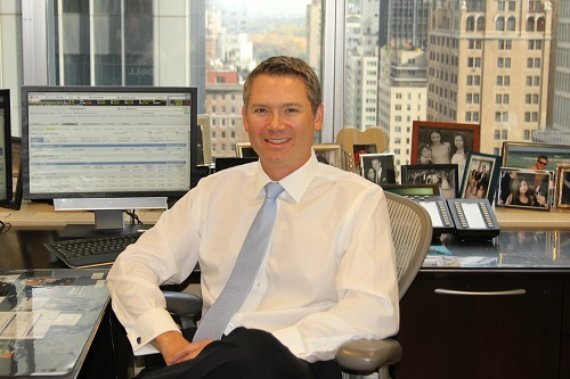
1. Jason Katz, UBS Wealth Management Americas New York, NY
The financial calamity shook most clients, advisors and investment firms to their core. My biggest takeaway is that when it comes to investing, NOTHING can be taken for granted. My biggest learning moments from the experience were:
-Don't rely solely on what other people say, their research or history, or what has happened historically
-Every product, regardless of how "safe" it is, has to be personally researched and understood
-Many clients and advisors don't understand risk until it hits them
-It is important to define what risk means to you and your clients BEFORE money is put to work
-Any return over the risk-free rate comes with a trade-off and incremental risk, clients must understand that upfront
-Having a long term game plan is the ONLY way to weather a crisis
-Even though there are periods where diversification hasn't worked, over the long run it's the only way to reduce the volatility of returns
-"Set it and forget it" doesn't work. Clients must strategically rebalance

2. Ronya Corey, Merrill Lynch Wealth Management -- Washington D.C.

3. Marilyn Littlejohn Schmitz, Raymond James -- St. Petersburg, Fla.
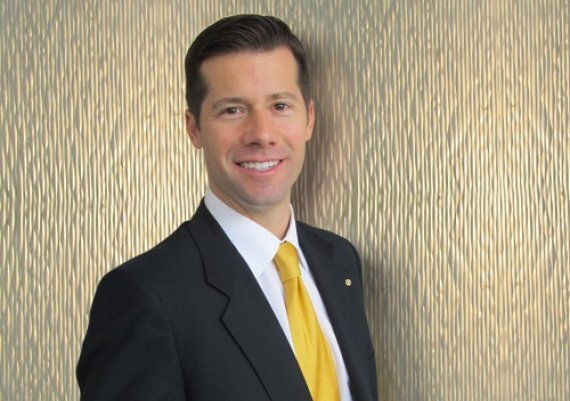
4. Jeff Runyan, Wedbush Securities -- Beverly Hills, Calif.
What Ive done post-crisis is continuously and conscientiously remind clients that while the market may be up, it can easily and rapidly go down. These days, were adjusting expectations and more clearly outlining potential declines so its not as shocking if the printed value on a statement is less favorable.

5. Rick Ashcroft, Robert W. Baird. & Co. Houston
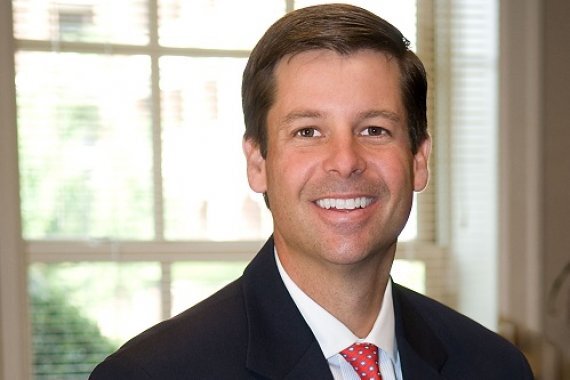
6. Rob Brewer, Raymond James -- Lexington, Ky.
That being said, we have to remind clients that markets that go up 20% can pull back just as far, and so we need to communicate constantly so that they don't make poor decisions in the next down cycle. I truly believe better days lie ahead for our markets but there will be plenty of volatility along the way and it is our job to help clients stay focused on their long-term goals, while communicating continuously.

7. Dan Torbeck, UBS Wealth Management Americas Cincinnati
- In the client financial planning sessions, we have begun to introduce a subtle but very important change when discussing the client's income needs. Instead of asking the client to provide one annual income figure we ask them to identify this figure in terms of needs, wants and wishes.
This helps clients clearly differentiate between essential expenses (needs) and those that are lifestyle expenses (wants and wishes). The purpose is to introduce an element of annual income flexibility in the planning process if we experience another crisis.
-We switched to an alternative investment platform that enables our team of CFA's to make more timely portfolio strategy executions/adjustments, better control expenses through the use of ETF's/Individual stocks/bonds/mutual funds and allows for proactive risk management via hedging strategies when necessary.
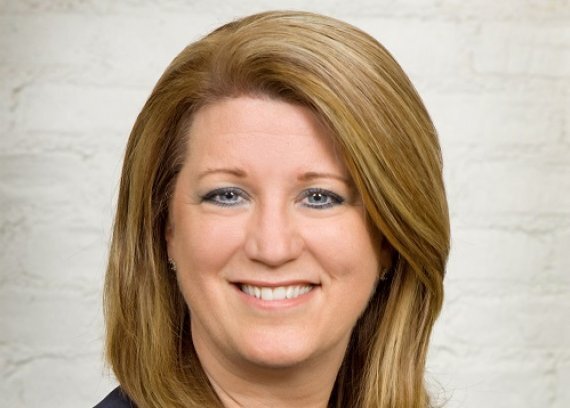
8. Colleen Schon, Raymond James -- Clarkston, Mich.

9. Patricia Estopinal, Robert W. Baird. & Co. -- Roseville, Calif.
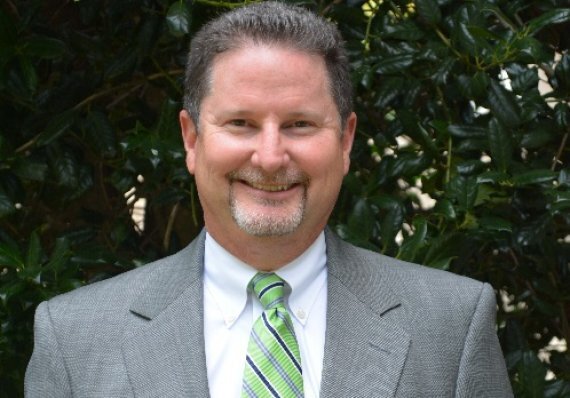
10. Richard Cardin, Benjamin F. Edwards & Co. Atlanta, Ga.
Since the crash, my clients definitely recognize the benefit of understanding the risk/reward concept and why it is important. They realize that markets dont always go up and they want to be prepared for the next downturn. My clients dont just take their statements and file them away anymore. They want to review their portfolios with me and understand how the pieces fit together to complement each other.
These discussions help my clients better understand the markets, allowing them to clarify their true investment objectives, and in turn more clearly communicate their goals. With this clarity I can better manage their expectations in good, as well as difficult, markets.

11. Malcolm Liles, Robert W. Baird. & Co. Nashville, Tenn.
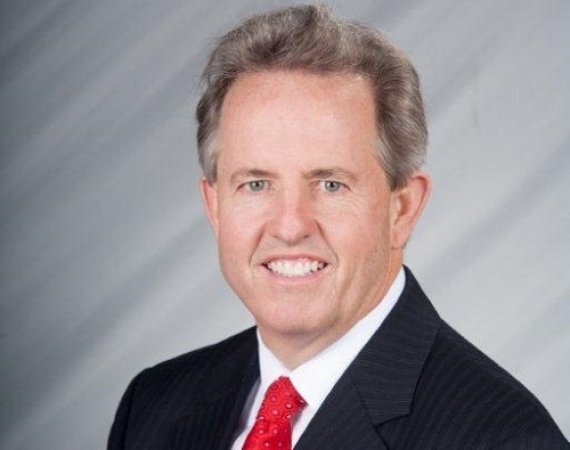
12. Peter Eckerline, Merrill Lynch Wealth Management -- Minneapolis, Minn.

13. Lauri Droster, RBC Wealth Management -- Madison, Wis.
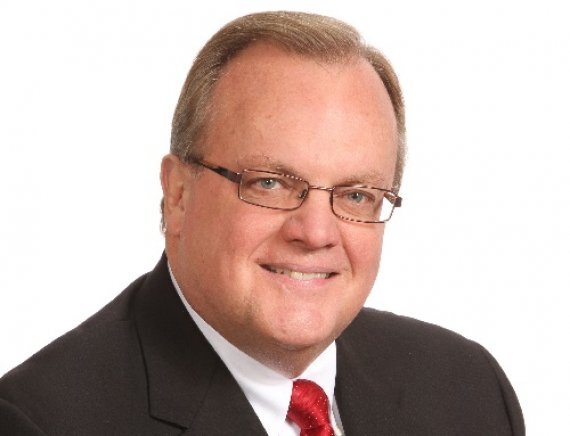
14. Dennis Anderson, Benjamin F. Edwards & Co. Woodstock, Ill.
Finally, asset allocation based upon modern portfolio theory did not, at least in the short-term, offer meaningful downside protection in 2008 and 2009, as most asset classes were hurt significantly (except for Treasury securities) and almost to the same degree. While this may have been a one-time event, I now suggest that many clients consider supplementing (not replacing) their strategic asset allocation models with alternative investments and tactical asset allocation strategies.

15. David Nethery, Merrill Lynch Wealth Management -- Dallas

16. Edward Stike, RBC Wealth Management -- Charleston, W. Va.

17. Joe Watson, Janney Montgomery Scott Mt. Laurel, N.J.
-Be alert for bubbles in various asset classes.
-Be diversified and try to hedge your risks.
-Understand that in times similar to the Great Recession, multiple asset classes can get hit simultaneously.
-When a financial crisis happens, do your homework and formulate a position. Then communicate with your clients this is when your services are most needed.
-Have a written contingency plan, and adapt it as needed to the developing circumstances.
-Offer clients a three-part scenario: worst case, best case, and most likely. Your guidance should help bring clarity and order to the situation.
Finally, its important to be a student of economic history. Bubbles and financial crises have been with us throughout time. Never underestimate their impact as we know there will be more in the future.

18. Ruth Kitzman, RBC Wealth Management -- Milwaukee, Wis.

19. Robert Clark, Janney Montgomery Scott Danvers, Mass.
When the market is doing well, it makes sense for retired clients to set aside enough cash to cover spending for the next 2-4 years. That way, if a bear market then follows, they will likely have enough cash on hand to allow their equity investments to recover. We also remind clients that diversifying their investments for the long-term is critical to minimizing risk.
Finally, we have discretion in managing most accounts. This allows us to proactively make portfolio adjustments to the satisfaction of our clients in what can be deemed a fast-moving and emotional market. As always, communicating with clients is essential to helping them through market fluctuations, both good and bad. Were here for them through the ups and downs, to keep them anchored and focused on building and preserving their wealth.

20. Rhett Neuman, RBC Wealth Management -- Stillwater, Minn.
The financial crisis was a very emotional and stressful time to be an advisor. Having the financial livelihood of so many people in my hands brings with it great responsibility. We actually saw an uptick in "do-it yourselfers" coming to us for help as they were truly scared of what the markets had done to their portfolios. They realized having some guidance or a "teammate" now made sense.
The crisis made me re-think traditional strategic allocation. As my practice continued to expand with baby boomers and their need for generating retirement income, the question became: "Do I need to be more tactical in order to eliminate drawdowns of 35% or more in the equity portion of our portfolios?" Even our most consistent allocation models, typically a 60/40 split between equities and fixed income, had a hard time escaping a 20% drawdown in '08.
Client reviews were tough, to say the least, but most clients (with some persuasion) stayed the course. The message from most was "if we get close to where we were, I want to be more proactive or conservative going forward." In other words, "I don't want a buy and hold 'strategic' strategy. I want a 'tactical' strategy and I am willing to give up some of the upside if I can get to the sidelines when things get choppy." Our media has helped with this outlook and developed the new term: "The Risk Off or Risk On Trade.
With interest rates coming down, generating enough income to meet the goals of clients has become very difficult if one wants to stay in the fixed income (bond) world. It has forced many to look at alternatives for income generation. These alternatives may have more risk than traditional bond buyers are accustomed to.
The market of today feels so different than that of the past and we are evolving as advisors to adapt to this new change. I hope we're a long way away from another 2008, but fear the "running for the door" mentality that a hiccup in the market may cause.





